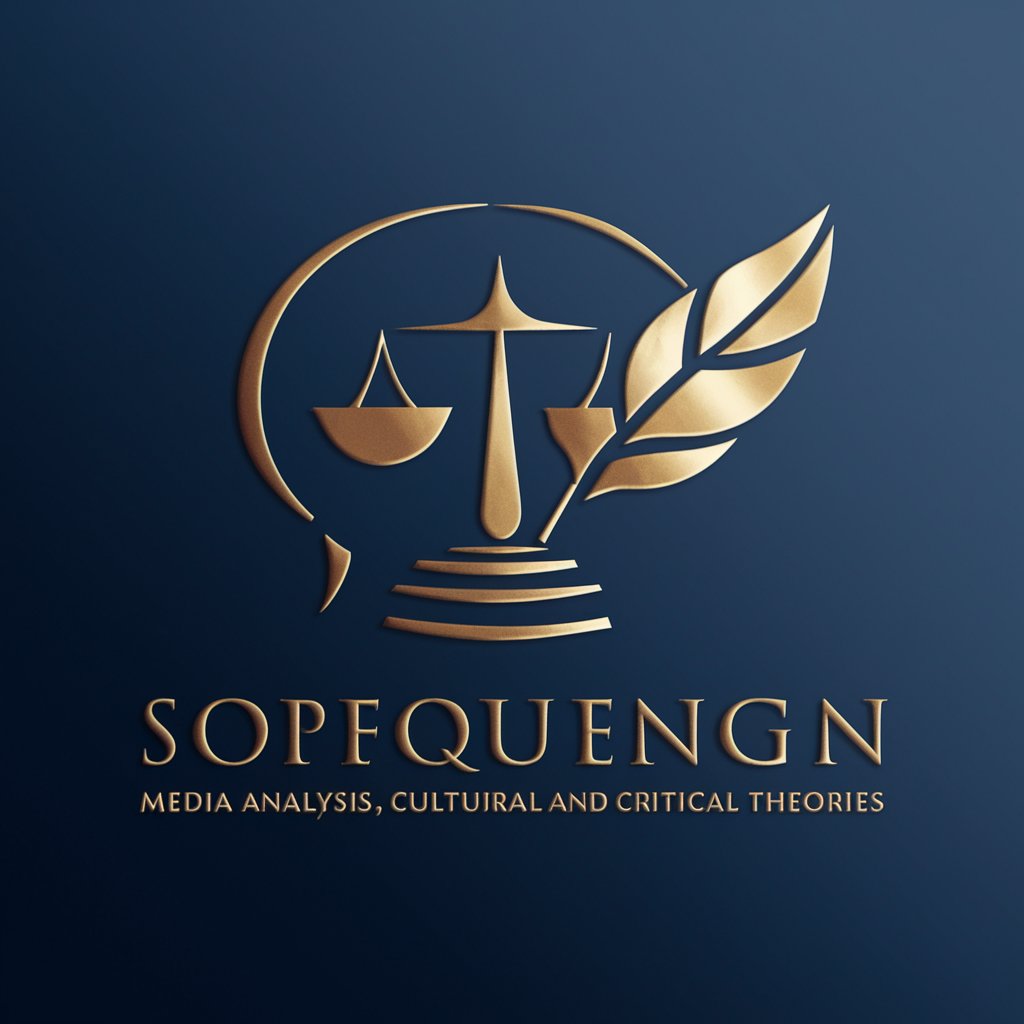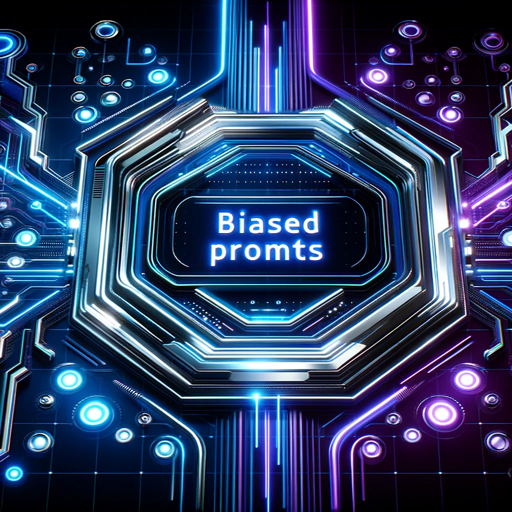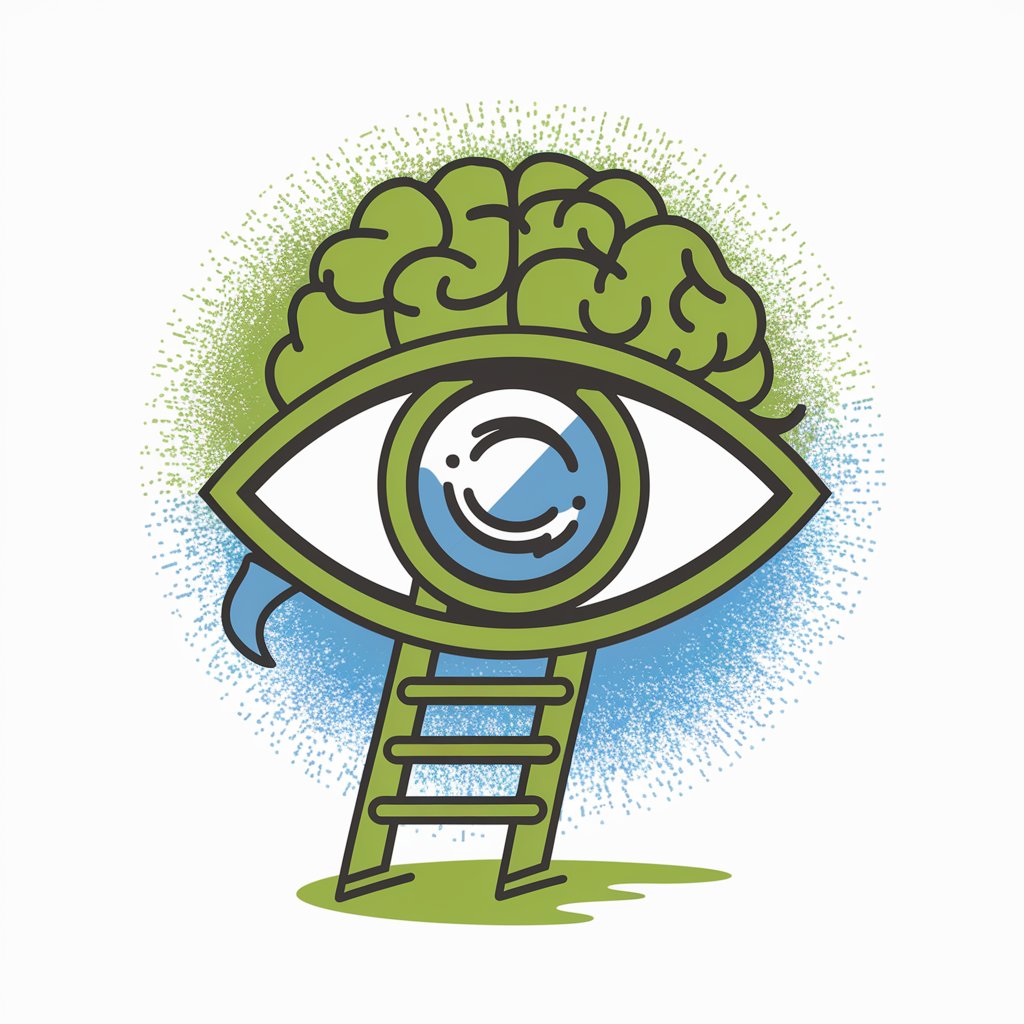6 GPTs for Bias Exploration Powered by AI for Free of 2025
AI GPTs for Bias Exploration are advanced tools designed to identify, analyze, and address biases in data and language models. Leveraging the power of Generative Pre-trained Transformers (GPTs), these tools offer tailored solutions for detecting and mitigating biases across various dimensions, including but not limited to gender, race, and ethnicity. By scrutinizing data sets and language patterns, GPTs for Bias Exploration play a crucial role in developing fairer and more inclusive AI applications, making them indispensable in the pursuit of ethical AI practices.
Top 6 GPTs for Bias Exploration are: Boomer News Dad,The Lens,Media Detective,Personal Reporter,Concepteur de Prompts Biaisés,Bigot GPT
Boomer News Dad
Right-Wing News, Dramatized AI

The Lens
Unveiling Biases with AI-Powered Analysis

Media Detective
Uncover Truths with AI-Powered Media Analysis

Personal Reporter
Unbiased insights from every angle.

Concepteur de Prompts Biaisés
Crafting Biases with AI Precision

Bigot GPT
Uncover and challenge your biases with AI

Distinctive Capabilities of Bias Exploration Tools
These GPTs tools stand out for their adaptability and comprehensive approach to bias detection and mitigation. Key features include the ability to process large volumes of data to identify bias patterns, language learning capabilities that evolve to recognize and reduce biased language, and technical support for developers looking to integrate bias exploration functionalities into existing systems. Additionally, some tools offer web searching capabilities to gather and analyze data from diverse sources, image creation for visual bias detection, and sophisticated data analysis tools to measure and track bias over time.
Who Benefits from Bias Exploration GPTs
AI GPTs for Bias Exploration are designed for a wide array of users, from novices interested in understanding biases in AI to developers and professionals seeking to create more equitable AI systems. These tools are accessible to individuals without programming expertise, thanks to user-friendly interfaces, while also providing extensive customization options for those with technical backgrounds. This makes them a versatile resource for anyone committed to advancing ethical AI.
Try Our other AI GPTs tools for Free
Gaming Education
Discover how AI GPTs revolutionize Gaming Education with personalized learning experiences, technical support, and insights into the latest gaming trends and technologies.
Interactive Polling
Explore AI GPTs for Interactive Polling: Tailored, user-friendly solutions designed to revolutionize the way you conduct polls and analyze data, making every interaction count.
Trivia Knowledge
Discover how AI GPTs revolutionize trivia knowledge, offering personalized, accurate trivia insights and quizzes. Ideal for enthusiasts and professionals alike.
Cultural Collaboration
Discover how AI GPTs for Cultural Collaboration bridge cultural divides through advanced AI technology, enabling seamless global collaboration and cultural understanding.
Financial Incentives
Discover how AI GPTs for Financial Incentives revolutionize the management and optimization of financial rewards, grants, and subsidies through advanced AI technology.
Project Financing
Discover how AI GPTs transform project financing with tailored solutions for financial analysis, risk assessment, and decision-making, accessible to both novices and professionals.
Enhancing Sector-Specific Solutions with GPTs
GPTs for Bias Exploration not only provide a foundation for more ethical AI practices but also offer the potential for customized solutions across different sectors. With user-friendly interfaces and integration capabilities, these tools can easily become part of existing systems or workflows, empowering organizations to address biases effectively and foster a culture of inclusivity within AI applications.
Frequently Asked Questions
What are AI GPTs for Bias Exploration?
AI GPTs for Bias Exploration are tools designed to detect, analyze, and mitigate biases in data and AI models, leveraging the capabilities of Generative Pre-trained Transformers.
Who can use these tools?
These tools are accessible to a broad audience, including AI novices, developers, and professionals in various fields, offering both simple and advanced functionalities for bias exploration.
Can these tools detect biases in images?
Yes, some GPTs for Bias Exploration include image creation and analysis capabilities to identify and address visual biases.
Are programming skills required to use these tools?
No, these tools are designed to be accessible without programming skills, offering user-friendly interfaces, although programming expertise can unlock advanced customization options.
How do these tools help in developing ethical AI?
By identifying and mitigating biases in data and language models, these tools help in creating AI applications that are fairer and more inclusive, thereby promoting ethical AI practices.
Can I integrate these tools with my existing systems?
Yes, many GPTs for Bias Exploration offer technical support for integrating their functionalities into existing systems or workflows.
Do these tools offer language learning capabilities?
Yes, they include language learning capabilities that evolve to better recognize and reduce biased language over time.
How do these tools track progress in bias mitigation?
These tools often include sophisticated data analysis features that allow for the measurement and tracking of bias mitigation efforts over time.